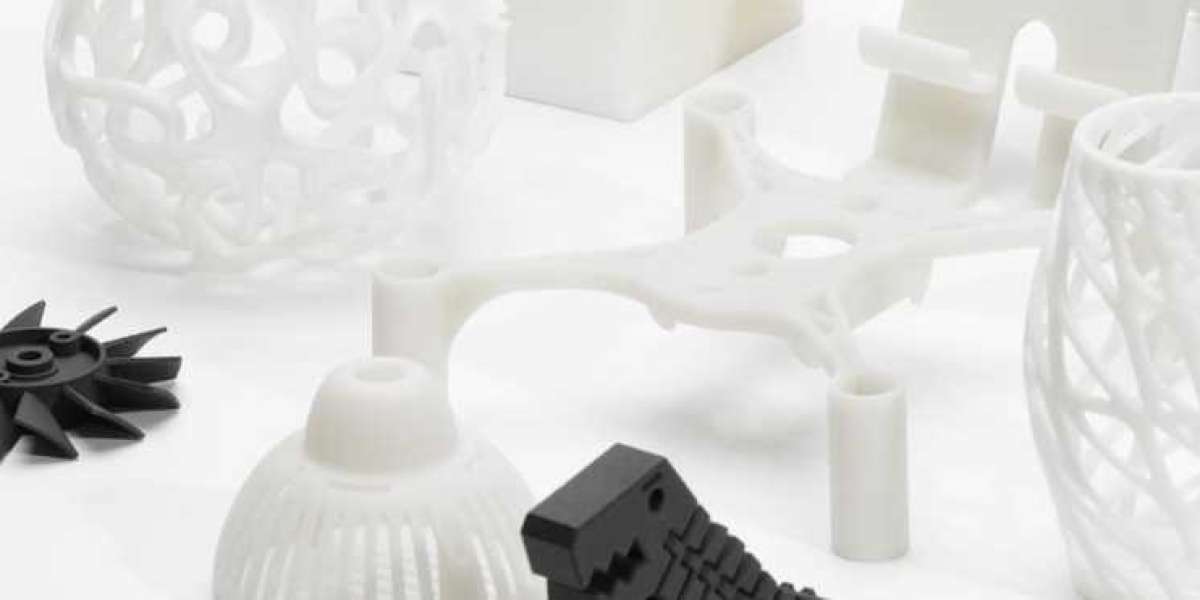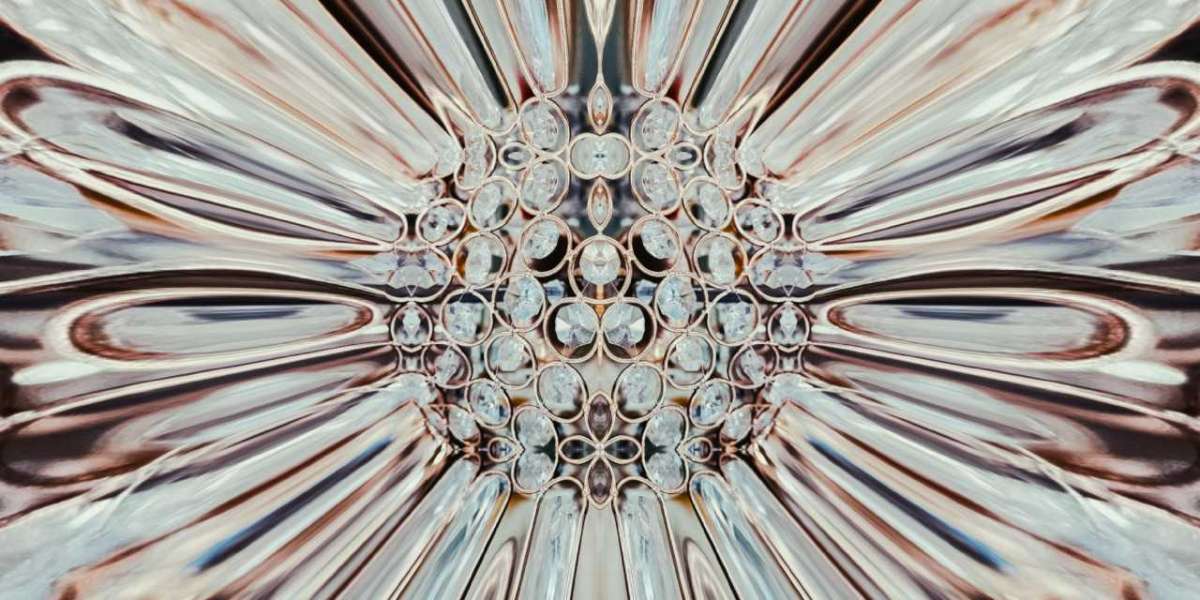The role of thermoregulation in injection molding affects cycle times and product quality. Proper temperature management during the injection and cooling phases ensures uniformity in part dimensions and minimizes defects like warping and sink marks. Injection molding of thermoset plastics requires different processing parameters compared to thermoplastics, especially in curing and temperature control. In plastic molding, melt temperature must be carefully monitored throughout the molding process as temperature (and thus resin properties) can change as the resin works its way through the process.Melt Temperature Impacts… Part specifications you’ll want to detail in your plastic injection mold design include:Part SizePart GeometryWall ThicknessDimensional TolerancesNumber of CavitiesPresence of Sharp Corners or RibsPresence of Holes and CoresApplicable InsertsElectrical RequirementsApproximate Part Life ExpectancyOther Needed Secondary OptionsStrength
Can Stainless Steel Be Injection Molded
The importance of mold maintenance cannot be overstated in injection molding. Regular inspections and repairs ensure molds operate efficiently and produce quality parts. Neglecting maintenance can lead to production delays and increased costs. When it comes to choosing overmolding materials, start the resin selection process at PMC. The importance of prototyping in injection molding cannot be overstated. Rapid prototyping enables manufacturers to test designs before full-scale production, reducing the risk of costly errors and ensuring that products meet market needs effectively. Common injection molding materials like polyethylene and polypropylene are generally more affordable and widely available, making them cost-effective choices for many applications.
Can You Injection Mold Acrylic
The role of prototyping in product development within injection molding accelerates innovation. Rapid prototyping allows manufacturers to test and refine designs quickly, reducing time to market and ensuring products meet customer expectations. Mold release agents can be used to facilitate part ejection, but excessive use can leave residues that affect part appearance or paint adhesion. Gate location can affect a variety of critical factors, including:Polymer molecule orientationOverall strength structure of the partPart shrinkageMold warpageAbility to hold a required roundness or flatnessOperational considerations, such as injection pressureAesthetics, such as injection molding gate marks, sink marks, voids and flow lines The viscosity of the plastic melt affects how easily it flows into the mold cavities, and adjusting injection pressure can compensate for material differences. Acrylonitrile Butadiene Styrene (ABS) is a thermoplastic, engineered resin with a multitude of benefits. It’s used in the plastic injection molding process to create components for a wide variety of industries applications.







